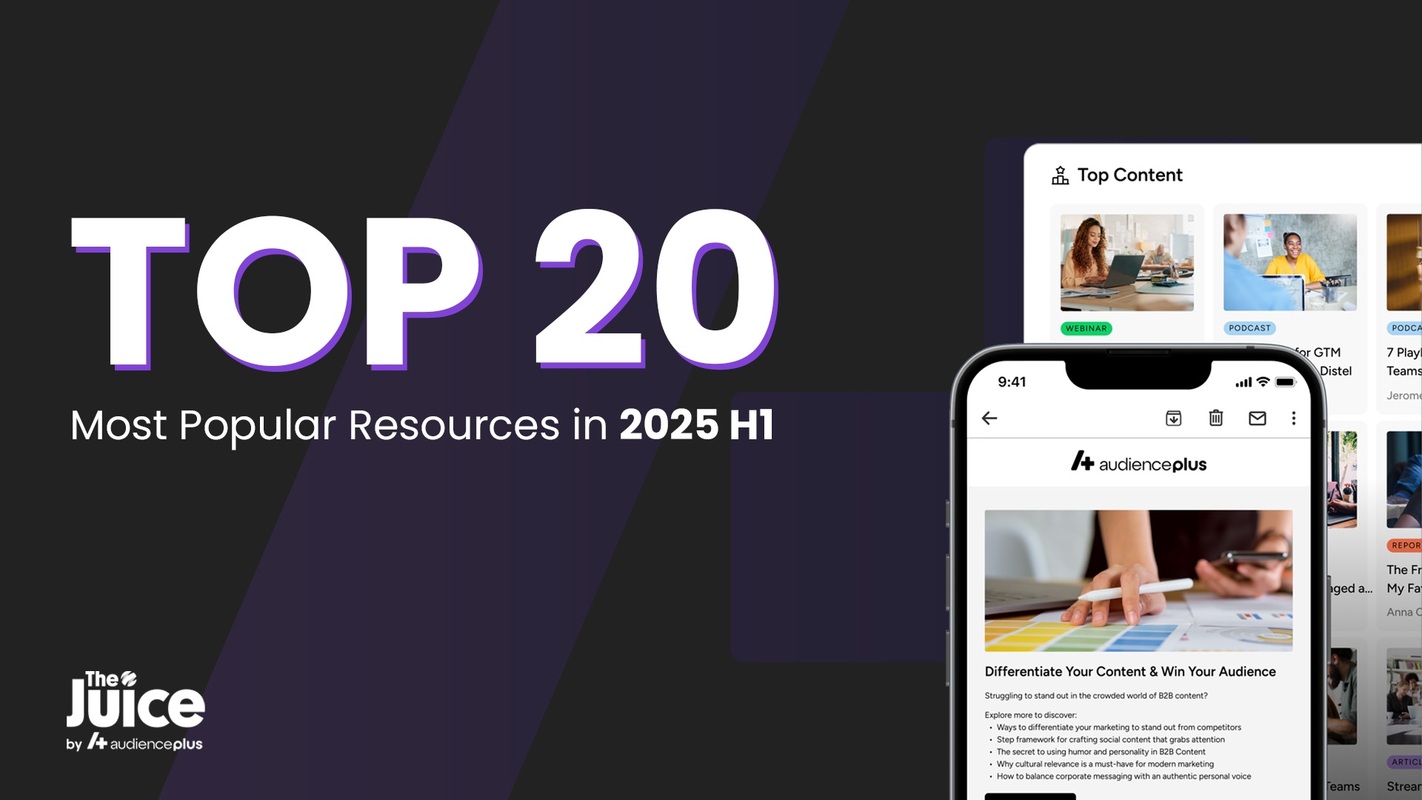Bank Marketing
Bank marketing is an essential aspect of the financial services industry, as it plays a crucial role in attracting new customers and retaining existing ones. Financial institutions invest heavily in different marketing strategies and tools to remain competitive and ensure their brand’s growth. These tactics help banks interact with prospective clients, promote their products and services, create awareness about their offerings, and foster customer loyalty. In today’s fast-paced digital landscape, marketing has evolved beyond traditional media channels to include various online platforms that offer immense potential for reaching out to diverse target audiences.
One of the key aspects of bank marketing is marketing financial services. This encompasses a wide range of activities aimed at promoting banking products such as loans, credit cards, savings accounts, insurance policies, and investment options. These promotional efforts are targeted towards both individual consumers and corporate clients. Effective marketing of financial services involves understanding customer needs and preferences, segmenting the market based on demographics or behaviors, crafting tailored messaging for each segment, choosing appropriate communication channels (like print ads or social media), monitoring campaign performance metrics (such as lead generation or conversion rates), and refining strategies based on insights gathered from data analysis.
When considering marketing for a bank specifically, there are unique challenges that come into play due to the highly regulated nature of the industry and the need to maintain trust among consumers who entrust these institutions with their hard-earned money. Banks must comply with various regulations governing advertising practices while ensuring that they provide accurate information about their products’ terms and benefits. Additionally, customer data privacy is a significant concern in banking; hence marketers need to work closely with compliance teams to ensure adherence to data protection laws during all stages of campaign planning and execution.
In recent years, bank digital marketing has taken center stage as more consumers shift towards online platforms for conducting banking transactions and accessing financial information. Consequently, banks have had to adapt by investing in various digital channels like websites, mobile apps, email campaigns, search engine optimization (SEO), social media advertising, and content marketing. This focus on digital platforms allows banks to offer personalized experiences based on individual user behaviors and preferences while enabling real-time interactions with customers through chatbots or live chats. Moreover, data-driven marketing approaches such as predictive analytics and artificial intelligence (AI) have emerged as powerful tools for banks to target high-potential prospects more effectively and optimize their return on investment (ROI).
To succeed in the highly competitive financial services landscape, it is imperative that banks embrace new-age marketing techniques that leverage cutting-edge technology. These innovative tactics should work in tandem with traditional methods such as print advertisements, billboards, and sponsorships to create a holistic marketing mix tailored to the specific needs of each financial institution’s target audience.
In conclusion, bank marketing is a multifaceted domain that encompasses various strategies aimed at promoting financial products and services in an increasingly digital world. Marketing financial Services requires a nuanced understanding of customer needs, regulatory compliance issues, data privacy concerns, and emerging technologies. As such, banks need to devise a well-rounded approach by incorporating elements of both traditional media channels and modern digital platforms to stay ahead in the race for customer acquisition and retention.
Bank Marketing Strategy
A formidable bank marketing strategy is an indispensable component for financial institutions to thrive in today’s competitive landscape. To set oneself apart from the myriad competitors vying for customers’ attention, banks must devise a plethora of innovative marketing tactics aimed at enticing new clientele and retaining existing ones. A comprehensive bank marketing plan not only delineates the objectives and goals of a financial institution but also charts out various marketing strategies for a bank, encompassing ingenious bank marketing ideas and compelling bank marketing campaigns.
In a rapidly evolving industry inundated with novel technologies, shifting customer preferences, and stringent regulations, it is imperative that banks keep their finger on the pulse when it comes to devising effective marketing strategies. One such approach worth exploring entails leveraging the power of digital channels and employing data-driven tactics to deliver targeted messages that resonate with customers at various stages of their banking journey.
An astute understanding of the customer base will lay the foundation for crafting bespoke promotions tailored to individual needs. By harnessing cutting-edge tools such as artificial intelligence (AI) and machine learning algorithms, banks can mine vast troves of user data to discern valuable insights into their preferences, pain points, and expectations—ultimately paving the way for more personalized service offerings.
Social media platforms are another indispensable cog in any contemporary bank marketing plan. Given that social media usage continues to skyrocket globally, these networks offer fertile ground for cultivating brand awareness and fostering customer engagement. By sharing informative content pertinent to users’ financial needs—ranging from budgeting tips to investment advice—banks can showcase industry expertise while endearing themselves to potential clients.
Furthermore, forging strategic partnerships with non-banking entities is another avenue through which banks can enhance their reach within target demographics. Collaborations with fintech companies or other businesses in adjacent industries have proven beneficial in recent years by yielding synergies that augment both parties’ value propositions—for instance, integrating banking services into popular retail apps or offering exclusive discounts on partner products.
Moreover, the importance of cultivating a stellar customer experience cannot be overstated. By streamlining processes and incorporating user-friendly interfaces across digital touchpoints, banks can expedite transactions while minimizing hiccups that may drive clients to seek alternatives. A seamless omnichannel experience is key to building long-standing relationships with customers, who have come to expect consistent service levels regardless of whether they are interacting with their bank via mobile app, website, or in-person at a branch.
Finally, an efficacious bank marketing campaign must not only captivate audiences but also spur them into action. Banks should endeavor to strike an emotive chord with target audiences by crafting compelling narratives that elicit powerful emotions—be it a heartwarming tale of financial independence or the aspirational story of an entrepreneur’s rise to success. Such poignant storytelling will indelibly etch brand messages in users’ minds, ultimately driving favorable actions such as account openings or loan applications.
In conclusion, a well-rounded bank marketing strategy hinges on myriad factors that encompass everything from adopting cutting-edge technologies and leveraging data analytics to delivering enthralling marketing campaigns and fostering robust partnerships. As financial institutions grapple with unprecedented challenges posed by today’s fast-paced banking landscape, it is more critical than ever for them to stay ahead of the curve when it comes to devising innovative approaches that cater to customers’ evolving needs and preferences.
Bank Marketing Channels
Bank marketing channels encompass a diverse range of strategies and tactics employed by financial institutions to promote their products and services, engage with customers, and ultimately drive business growth. In the digital age, banks have access to an ever-expanding array of marketing channels that can be optimized for maximum impact. The following discussion will delve into several prominent bank marketing channels, including bank affiliate marketing, bank content marketing, and bank email marketing. These elements serve as vital components in a comprehensive, multi-faceted approach to promoting banking services in today’s competitive market.
Bank affiliate marketing is an increasingly popular strategy utilized by financial institutions to broaden their reach in the marketplace. This channel leverages partnerships with external organizations or individuals who promote the bank’s products and services through various online platforms in exchange for a commission on resulting leads or sales. By tapping into established networks of influencers and partnering with reputable affiliates, banks can extend their brand presence beyond traditional advertising means while maintaining control over messaging and targeting specific demographics.
One major advantage of bank affiliate marketing lies in its cost-effectiveness; banks only pay commissions for successful referrals or conversions rather than simply investing in broad-spectrum advertising campaigns that may yield limited results. Additionally, working with affiliates enables banks to diversify their promotional efforts without stretching resources too thin. Affiliates can provide valuable insights into consumer preferences and behavior patterns while also offering specialized expertise in niche markets outside the purview of a typical in-house marketing department.
Bank content marketing represents another crucial dimension of modern promotional strategies for financial institutions. This approach focuses on creating valuable educational material that informs potential customers about various aspects of personal finance or related topics—such as budgeting tips, investment insights, or credit management advice—in order to build trust among target audiences while simultaneously bolstering brand cachet as an authoritative source within the industry.
Effective content marketing relies heavily on high-quality writing that engages readers while addressing common pain points faced by consumers navigating the complex world of banking services. Banks can publish their content through blog posts, social media updates, informative videos, or even interactive tools like financial calculators that help consumers make informed decisions about their finances. By establishing a strong online presence and consistently delivering valuable, relevant information to potential customers, banks can position themselves as reliable partners in the eyes of increasingly discerning consumers.
Lastly, bank email marketing remains an indispensable part of modern promotional campaigns for financial institutions. Despite the proliferation of social media platforms and digital communication channels, email marketing maintains its efficacy in terms of cost-to-return ratios and audience engagement rates—particularly when executed with finesse and targeted precision.
Email marketing enables banks to maintain ongoing dialogues with their customer base by sharing tailored product offers, industry news, or personalized messages geared toward nurturing relationships and fostering loyalty. To optimize these efforts, many banks employ sophisticated customer relationship management (CRM) systems that track user behavior patterns and segment audiences based on factors such as demographics, account history, or service preferences—all of which inform more targeted and relevant email campaigns designed to resonate with recipients on an individual level.
In conclusion, bank marketing channels have evolved dramatically over time as new technologies emerge and consumer habits shift toward digital engagement. Bank affiliate marketing allows institutions to expand their reach through strategic partnerships; content marketing serves as a platform for demonstrating industry expertise while fostering trust among target audiences; and email marketing continues to yield tangible results in terms of customer retention and return on investment. As banks continue to adapt to the ever-changing landscape of modern marketing practice, these strategies will remain integral elements of successful promotional endeavors in the competitive world of finance.
















